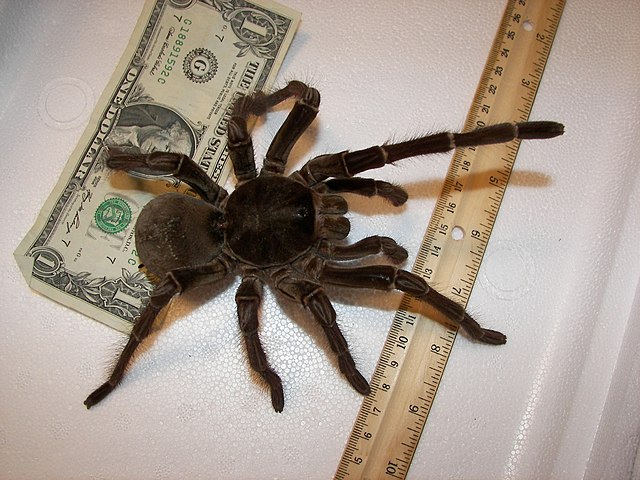Stories concerning immense Snapping Turtles (Chelydra serpentina) abound wherever this impressive reptile occurs, but most are difficult to substantiate. I’ve kept and observed this species from childhood. Once I embarked upon a career in herpetology, I had the good fortune of meeting a great many impressive Snapping Turtles and Snapping Turtle researchers, and was able to gather information on some true giants (I’ve encountered fewer Alligator Snapping Turtles, but one under my care weighed 206 pounds!). Today I’ll highlight some interesting facts and figures concerning larger-than-average snappers. I’d also like to draw your attention to a late-breaking threat to their survival. Sadly, a bill currently before the NYS Assembly will, if passed, allow commercial trapping of this magnificent animal. Please see below for further information, and check out this posting by turtle conservationist Allen Salzberg (scroll down to “Snapping Turtles under Attack”) for information on how to register your opposition to this ill-advised legislation.
 Record-Sized Snappers
Record-Sized Snappers
The largest Snapping Turtle I’ve handled tipped the scales at 68 pounds, and added more weight over time (please see photo). Its “straight line” carapace length was 18.6 inches (“straight line” means that the measurement was taken via calipers, as is done for published accounts; stretching a tape measure over the shell’s curve adds to the measurement). The largest wild-caught individual appears to be a 22 inch-long 76.5 pound behemoth captured in New Hampshire (most record-sized Snappers and Alligator Snappers originate from the northern part of the range). Turtles artificially fattened in captivity, such as the 82-86 pound animal frequently cited in field guides, are known.
How Common are Giant Snapping Turtles?
I gleaned the following information from conversations with colleagues and various reports. The turtles involved were collected in the northeastern USA, for the commercial food market, over a 28-year period ending in the early 1990’s. Read More »
 That Reptile Blog – Reptile, Amphibian and Exotic Pet Care and Information
That Reptile Blog – Reptile, Amphibian and Exotic Pet Care and Information



